This article was contributed by Ang You Shan and Luna Ong, with additional startup profiles by Bharat Desai. The three are students from the Singapore University of Technology and Design who participated in a one-week study tour to Beijing, which KrASIA helped organize.
We believed a trip to China would broaden our horizons, but the days in Beijing were not just a real eye-opening experience for us–it was a trip that allowed us to feel the pulse of the tech scene in China. We observed, first hand, the drive of the Chinese tech workers. This trip gave us a better understanding of the startup scene in China and also the government’s plans for tech development in the future.
Immuno: searching for a cancer cure
You may think there is no cure for cancer, but for the people at Immuno, they believe there is no cure for cancer yet.
We visited Immuno, a biotech startup that shows us a potential future of cancer treatment and cure. Hard work is pumped into developing CAR-T cells, the cornerstone of the company’s cancer research.
A quick tour of the labs and a presentation allowed us to see how their time and effort has resulted in increasing the response rate of patients to their treatments. Though we had little background in bio-related fields, we were shown the possibility of a cure for cancer, even if it would come with a hefty price tag. However, if companies like Immuno can develop a definite cure with CAR-T technology in the future, this form of medical treatment could become the norm for critical illnesses, which could yield more affordable treatments.

ForwardX: smart suitcase
ForwardX was another interesting visit, especially for students with product development background in our group. It was extremely inspiring to see the many iterations of the suitcase OVIS, which follows you around on its own.
From the changes in the positions of cameras and sensors, improving the overall detection capabilities, to the design of the overall aesthetic and functional experience of using the product. OVIS was a true display of seamless integration of hardware and software in one compact product.
It was surprising to hear that the company managed to develop the product in less than two years with a successful IndieGoGo campaign, but it also came at the high cost of multiple late nights and high work commitment. This goes to show the intense amount of commitment and effort put in by the workers, striving to move at rapid speeds to be the first in the market to produce such a product.


IFlytek: AI meets language
Next up, iFlytek was easily one of the most intriguing visits. Just when you think you’ve seen the likes of top software companies rolling out the best of AI, iFlytek sends out its sleek, efficient models to compete. Their AI models are capable of performing tasks that surpass the average human intelligence.
It could respond to commands within seconds; one completed a math paper in the same duration a human would take to do one question, another could search and book train tickets for a trip immediately after the instructions were given. One model could even mark a handwritten essay and provide a score after identifying the grammar mistakes for the teacher for further analysis. The computing power and speed of responsiveness really was amazing. In addition, the company had some apps and tools that were already available to the masses. Useful, innovative, and fast? We were drawn in by iFlytek for sure and even downloaded their translation app after the visit.

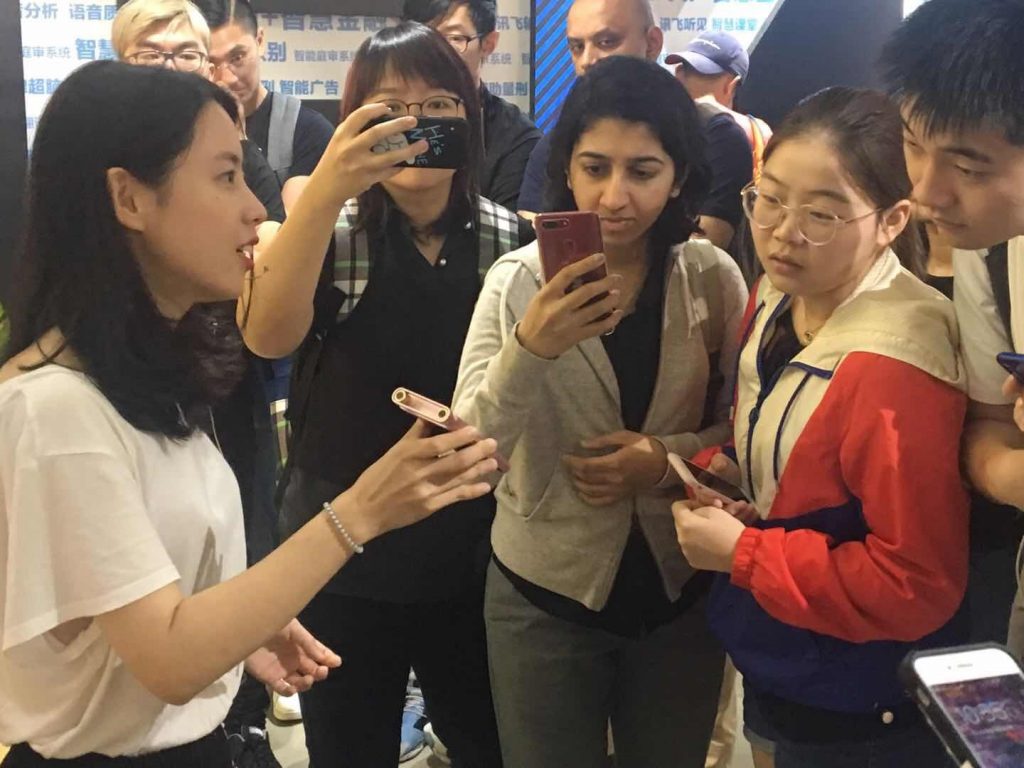
Sensoro: IoT in the city
Sensoro was another company that left a deep impression. Initially, we were greeted by staff in plain white T-shirts, with simply their company name printed on. That, alongside the snowy white walls and aesthetic slides made the company appear rather minimalistic.
This clean, sleek, modern-looking company, Sensoro was actually a leading IoT solutions startup in China. Their alpha chipset showcased the capabilities of AI. It allows anyone to easily implement IoT capabilities into their devices or sensors. With the convergence of IoT and AI big data analysis, Sensoro can optimize the entire city-level AIoT remote security alert system and make the system excel in various sectors, such as sports, energy, or administration in a smart city. With the current trend veering towards 5G and smart cities, Sensoro products will likely become part and parcel of our daily lives, building the interconnectedness between humans, the physical and digital world.
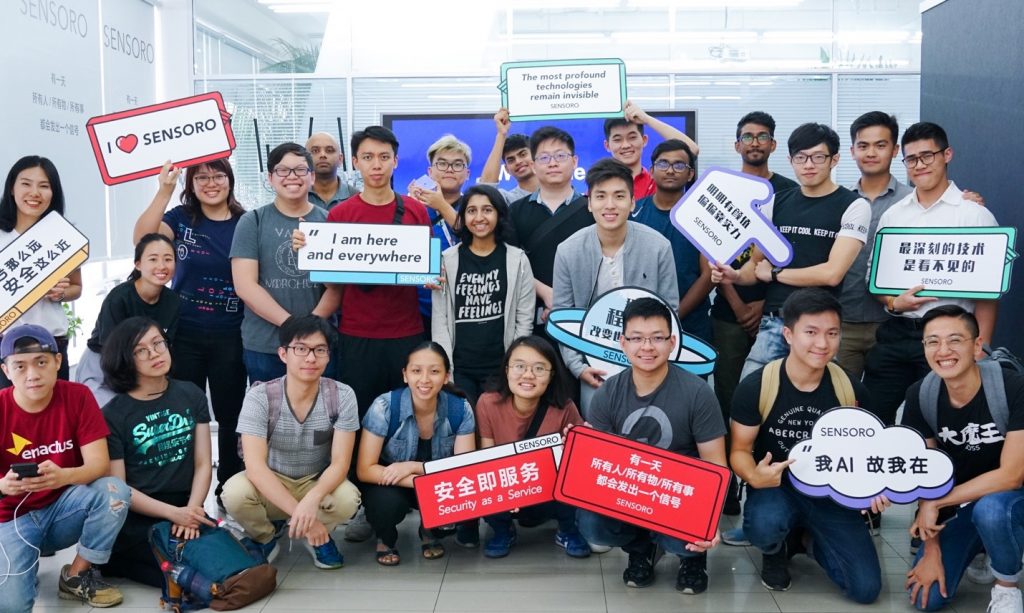
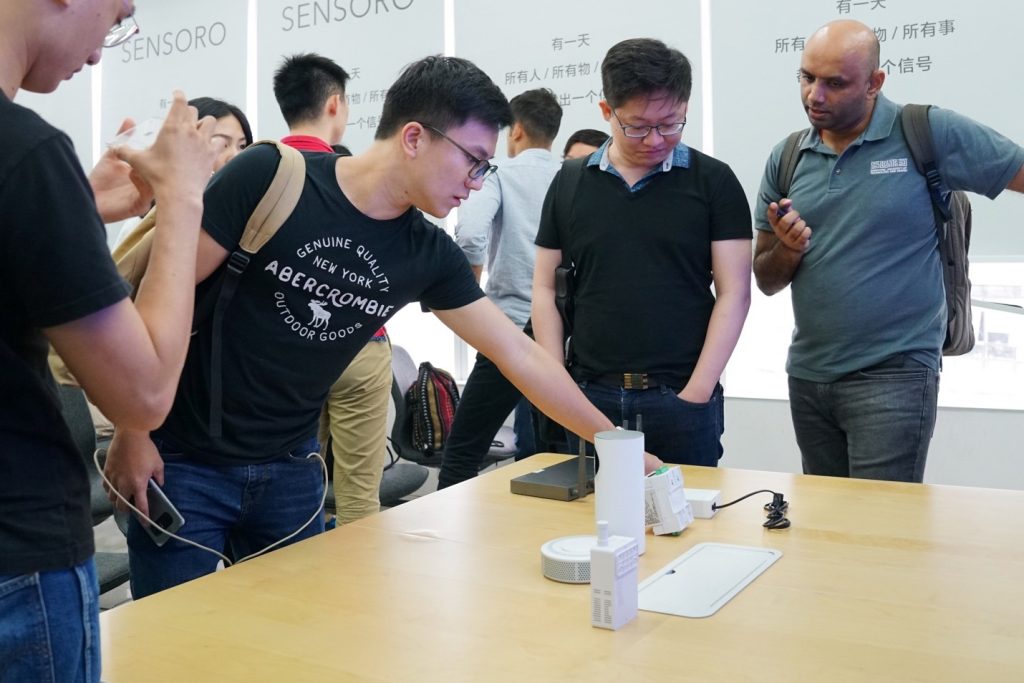
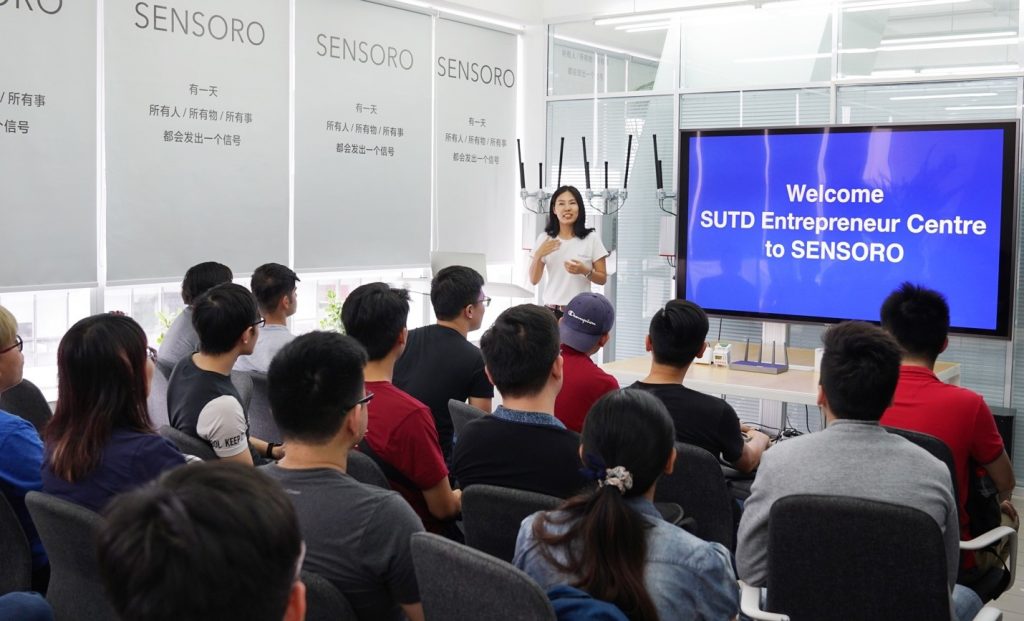
Senscape: edge computing
At Senscape, a cyber-security company, we learned more about the role of edge computing–a distributed computing technique that shifts computing power to areas where it’s needed to cut time and save bandwidth. Senscape showed us the applications of their AI enabled video feed surveillance system which has been deployed across various regions in Beijing.
TuSimple: Self-driving trucks
TuSimple was the last company we visited, but just as interesting as the rest, for they showcased their amazing self-driving trucks and clips of them in action.
TuSimple’s trucks can operate on surface streets and highways, but they are being tested on highways only for now, with two human operators supervising the system. This type of geofenced autonomous driving is known as Level 4. Flanked by motivated and skilled engineers, their self-driving trucks are carving a path for themselves in the industry.
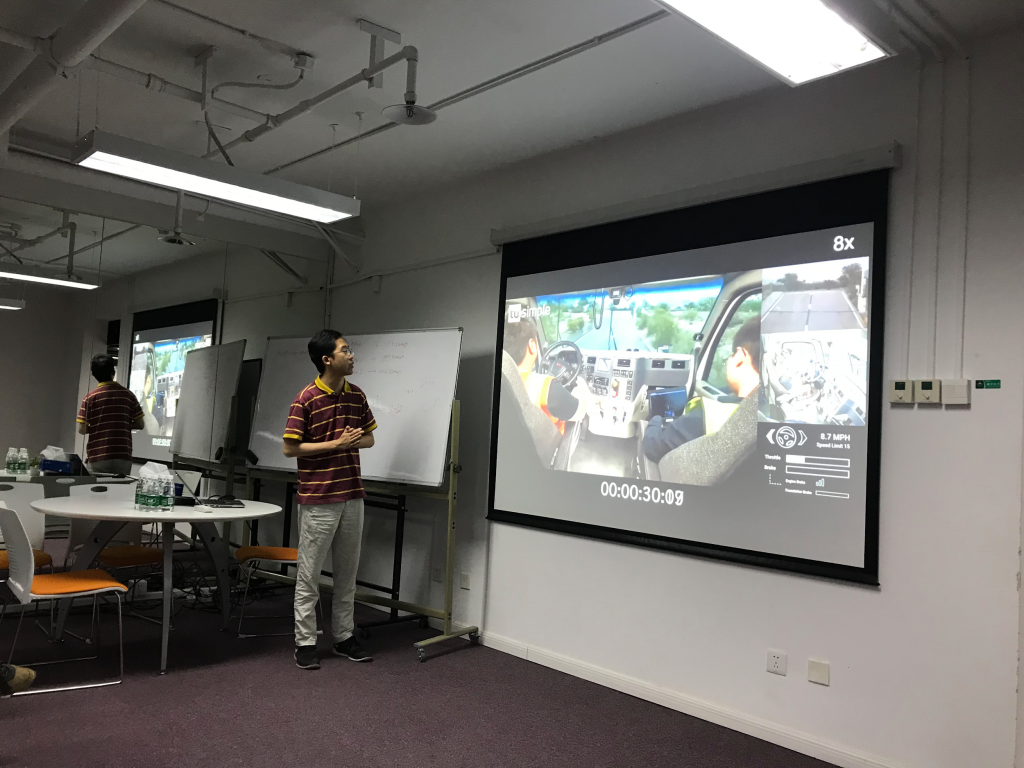

Chen Jin Shi Jie: play time
Finally, we visited Chen Jin Shi Jie (in English, that means Immerse in the world), a VR gaming company that transported us into their virtual world where we got to fight Huli Jings (Chinese fox demons) and other mythological creatures.
Baidu and Landspace
We were also very fortunate to visit some of the most forward-looking large technology companies in China. In fact, we later came to know that we had visited three of the fifty world’s smartest companies as ranked by MIT Technology Review – Baidu, iFLYTEK and Landspace. At Baidu, we experienced my first autonomous vehicle ride in their own self driving car. We also took a picture with XiaoDu, its own AI-enabled companion robot.
Next up, we were treated to an educational journey by Landspace’s very own head of engineering. The state-backed private venture aims to develop rocket ships to facilitate interplanetary supply of goods for commercial usage
For us, the greatest takeaway was not so much about the businesses we visited, but the story behind their startups and the struggles they went through to be where they are today. These people take pride in their hard work, and they are constantly upgrading themselves to stay at the forefront of their industry in the highly competitive society within China and the global stage.
Back in our homeland, Singapore, we feel that we face comparatively less competition, but we also enjoy strong government and school support
However, this made us wonder if the lack of pressure on a national level might ultimately translate to a slower progression in the entrepreneurship and tech development scene in Singapore. At the end of the day, there is much for Singaporeans to learn from China; perhaps the first step is to build the intense grit we saw in them, in ourselves.
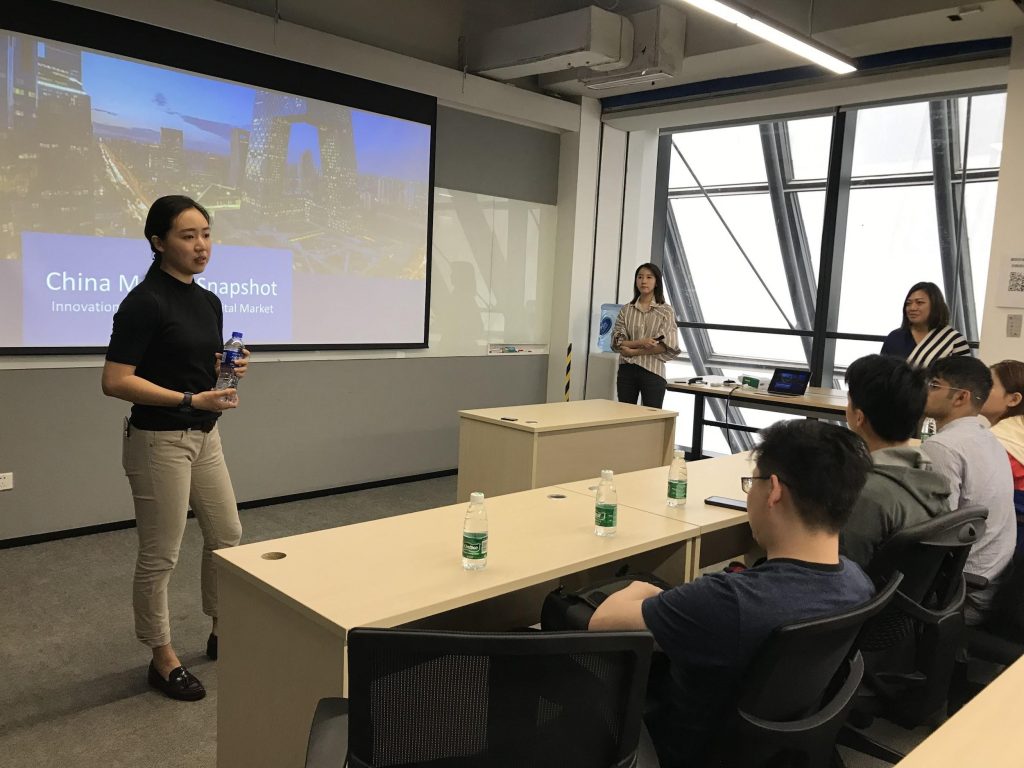
KrASIA brought a delegation of students from the Singapore University of Technology and Design (SUTD) on a one-week trip to Beijing. The trip introduced the students to leading Chinese startups in Artificial Intelligence (AI), and to experience some of the cutting-edge technology in China. Coming from technical backgrounds, the SUTD students participated proactively in the presentations, seeking deeper understanding in the real-life applications and development of these solutions.
